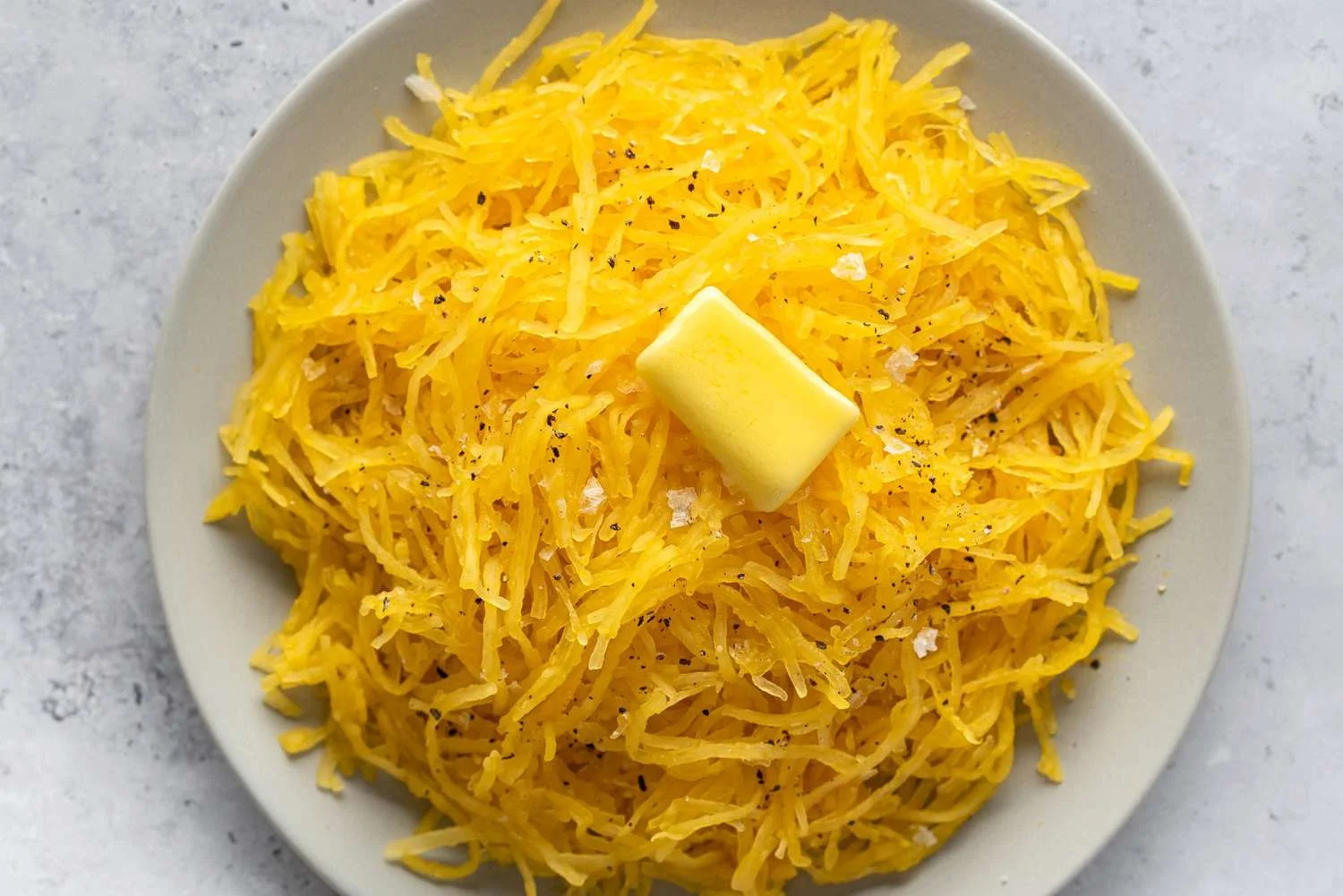Spaghetti Squash: Fad or Trend?
In our modern society, many people care more and more about their health and living a healthy lifestyle. While such a task can seem challenging, there are many ways people can eat what they want and still feel good about themselves, and one gourd that could be the best way to do that is spaghetti squash.
But is spaghetti squash that beneficial for a person's health? Could it be something more than some fad people came up with? That is what I am here to discuss.
——————————————————— ——————————————————
Before I get into nutritional benefits, let's first look at where this yellow vegetable comes from.
Spaghetti squash is referred to as Cucurbita Pepo and is a member of the family, Cucurbitaceae, along with pumpkins, zucchini, and butternut squash. First cultivated in China around the 1800s, the squash was often cut into wedges and left to dry out in the sun, where it then gets consumed for its nutritional benefits.
Spaghetti squash is available in supermarkets year-round but tends to peak in sweetness and flavor in late fall through winter. When cooked, it tends to pull apart into strands that look like pasta, hence the name spaghetti squash, and has a mild flavor that pairs deliciously with any sauce, protein, vegetable, or herb you can think of.
—————————————————————————————————————
On the outside, spaghetti squash has a bright-yellow skin with a woody stem. Once cut open, the squash has a wall of flesh around 1 1/2-2 inches thick, and in the center lies a nest of seeds that are tasty when roasted.
The best way to prepare and cook spaghetti squash is like this. After cutting the squash in half and removing the seeds with a spoon, rub the flesh side with olive oil and season with salt and pepper. You can also add other spices, herbs, or flavorings such as garlic, rosemary, Italian seasoning, paprika, or cumin.
Lay the squash cut-side down on a baking sheet lined with aluminum foil and roast at 400 degrees Fahrenheit or 200 degrees Celsius for about 40 minutes. You’ll know it's done when a fork can separate the flesh into shreds. This may sound like a long time, but considering that with pasta, you often have to wait for a large pot of water to come to a boil, it's worth every minute.
————————————————————————————————————-
Once cooked, the possibilities with spaghetti squash are endless.
After pulling the strands of squash apart with a fork, It can be tossed with your favorite sauce like pesto or marinara, served alongside chili, stir-fries, stews, or served as a side dish topped with nuts, seeds, dried fruit, herbs, and any salad dressing. It can also be served as a main course topped with bacon, pine nuts, Parmesan cheese, and parsley.
Now, it's time to talk nutrition.
On top of containing almost no carbohydrates or fat, spaghetti squash is full of vitamin A, beta-carotene, folic acid, potassium, and a bit of fiber, plus nearly 40 calories for a cup of strands. For comparison, the same amount of cooked pasta has 220 calories, 43 grams of carbohydrates, and a lot fewer nutrients than its vegetative counterpart.
I am not going to say outright that spaghetti squash will entirely take over one of the foods that Italy was founded upon. Still, spaghetti squash will undoubtedly be a good step in the right direction for those interested in losing weight or living a healthier lifestyle.





